DISCLOSURE: Most of our content uses affiliate links. As an Amazon Associate, we may earn a commission when you buy through the links. Each of your purchases via our affiliation links helps us to support the cost and maintenance of this site.
Designed for fluid and responsive gameplay, this Dell monitor boasts a 165Hz refresh rate and a 1ms MPRT (Moving Picture Response Time). This specs reduces motion blur and makes changes between fast-paced scenes smooth. AMD FreeSync Premium technology is also built into the monitor. As I mentioned, this technology keeps the display and GPU precisely produce the same frame rate. Its strong stand makes it likely to tilt, swivel, and adjust height.
The improved heat dissipation capability is one of the most notable aspects of the Dell S2722DGM Curved Gaming Monitor. It maintains excellent performance even during marathon gaming sessions. Advanced cooling technology in the monitor effectively gets rid of the heat that its high-performance parts produce. Airflow is improved by strategically placed ventilation holes and a well-thought-out interior layout. This keeps heat from building up and lowers the risk of overheating.

Pros
- 165Hz refresh rate
- 1500R curved screen
- 1ms MPRT response time
- AMD FreeSync Premium support
Cons
- VA Panel Viewing Angles (offer excellent contrast but the viewing angles aren’t as wide as IPS panels)
- Limited HDR Support (lacks advanced HDR support for more vibrant colors and brightness)
- No USB ports
Overall Value
Gaming fans who want a curved screen with a high speed rate and quick response times should consider the Dell S2722DGM. Even though it doesn’t feature USB connectivity or sophisticated HDR, its attractive look and strong performance make it a ideal option for both recreational and competitive players.
 ASUS ROG Swift 32-Inch (4K Mini LED)
ASUS ROG Swift 32-Inch (4K Mini LED)
You can change the RGB lighting zones on this monitor so that you can make your setup unique and create an atmosphere that fits your game rig.
The monitor’s astounding 3440 x 1440 pixel resolution, which produces incredibly clear and detailed images, compliments this creative design. The high resolution and 1800R display work together to provide you a picture-perfect experience, whether you’re immersed in a massive gaming world or working on a complex visual project.
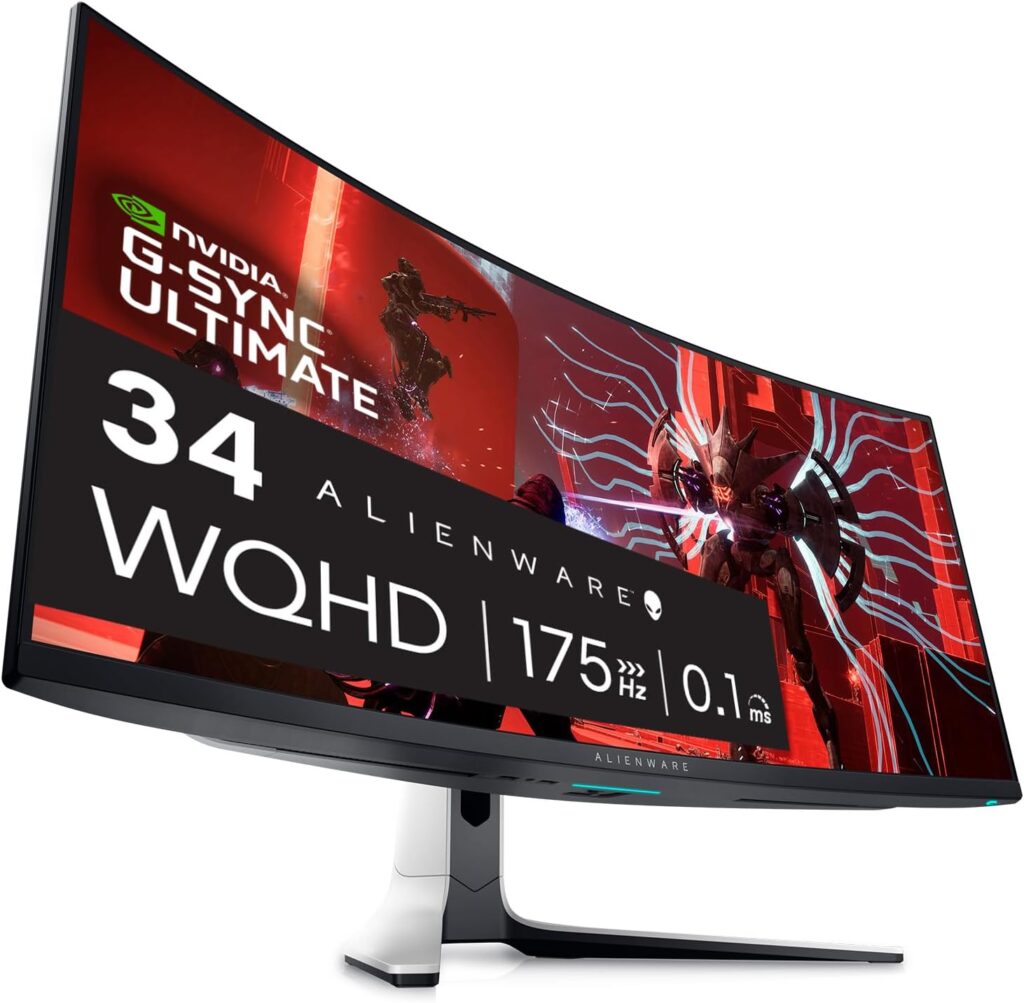
Pros
- Quantum Dot-OLED panel
- 34.18-inch ultrawide display (3440 x 1440 pixels)
- 175Hz Refresh Rate
- 1800R curvature for enhanced immersion
- NVIDIA G-Sync Ultimate Support
- Ultrawide format (the 21:9 aspect ratio and curved screen provide a more immersive and panoramic view)
- HDR True Black 400 (color depth and contrast, offering lifelike visuals with more realistic dark scenes)
Cons
- Expensive
- Burn-in Risk (OLED technology, while visually impressive, can be susceptible to image burn-in if static images are displayed for extended periods)
- Limited peak brightness
- Requires high-end hardware
Overall Value
This Alienware curved gaming monitor is a dream monitor for gamers and content creators who demand the absolute best in visual quality and performance. Its high frame rate, Quantum Dot-OLED panel, G-Sync Ultimate support, and HDR features make it the best TV for watching movies ever. But for some users, the high price, the chance of burn-in, and the big footprint might be problems. If you want a display that doesn’t cut corners and pushes the limits of what’s possible, this gaming monitor is one of the best options.
 Acer Predator SpatialLabs View 27-Inch (Ultra HD Stereoscopic 3D Gaming Display)
Acer Predator SpatialLabs View 27-Inch (Ultra HD Stereoscopic 3D Gaming Display)
Recently launched last month of August 2024, Ultra HD gaming monitors like the Acer Predator SpatialLabs View 27-Inch are new and exciting. They make stereoscopic 3D games come to life without the need for 3D glasses. This 4K monitor uses cutting-edge SpatialLabs technology to let gamers play their favorite games in realistic 3D with more depth and realism than regular 2D screens can offer. The monitor has an incredible resolution of 3840×2160 which provides clear and sharp images in both 3D and 2D modes. This makes it useful for a wide range of tasks.
It has a refresh rate of 144Hz and a response time of 1ms. It also works with SpatialLabs TrueGame software, which lets players enjoy a lot of games in stereoscopic 3D, and it has different 3D modes. Few displays can rival the distinctive, immersive experience that this one gives, whether you’re generating 3D content, playing games, or viewing 3D movies.
The Acer Predator SpatialLabs View 27-Inch Ultra HD Stereoscopic 3D Gaming Display does not just excel in visual prowess; it also integrates cutting-edge audio and eye-tracking technologies to enhance your overall gaming experience. Spatial audio is used by the Acer Immerse Audio system to create a realistic soundscape that puts you in the middle of the action, improving your awareness of your surroundings and giving every sound in a game a clarity and depth that has never been seen before.
With its advanced AI eye-tracking technology, this monitor cleverly changes the 3D images based on your viewing angle, so that that you always have the best and most comfortable view. This smooth combination of spatial audio and adaptive eye-tracking improves not only games but also watching movies and using your computer for work.
The Acer Predator SpatialLabs View takes gaming to a whole new level by combining lightning-fast performance with innovative 3D features. This monitor is ideal for both casual gamers and die-hard fans, and it sets a new standard for what gamers can expect from their graphics hardware.
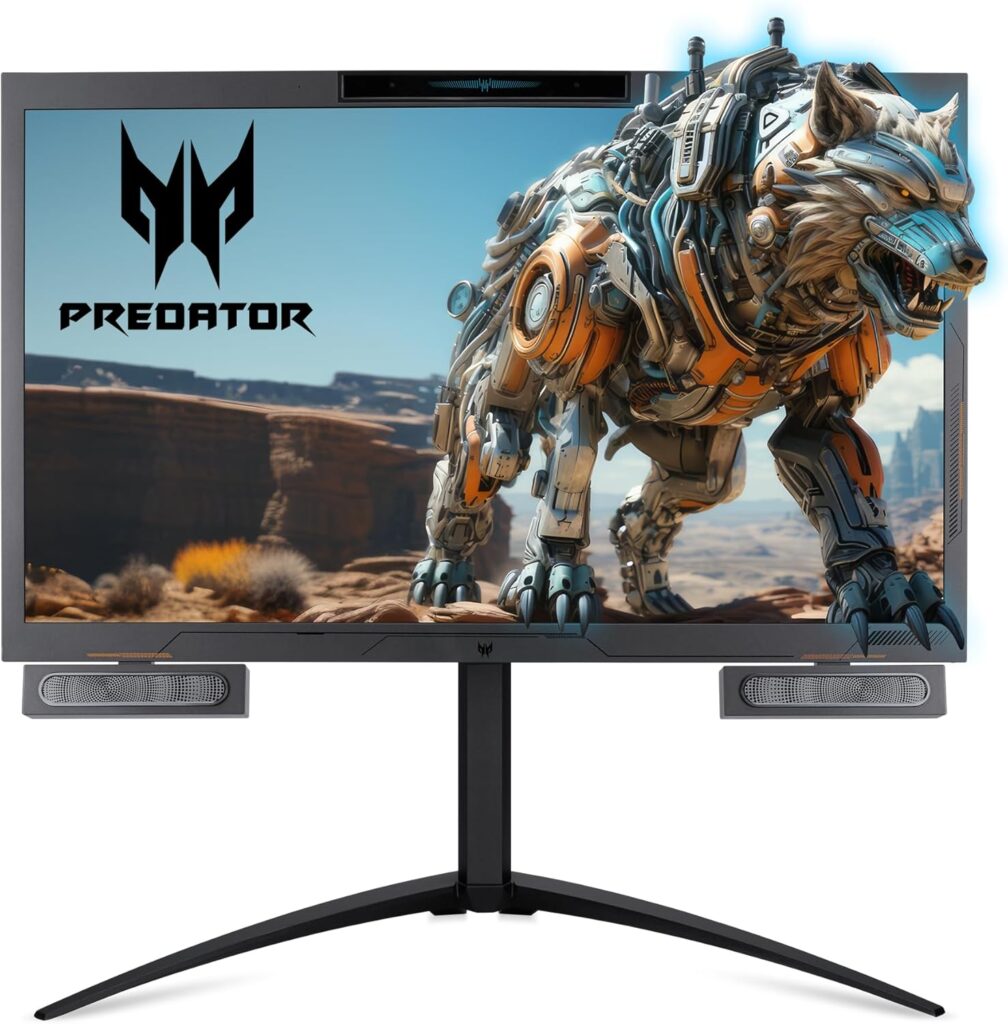
Pros
- Stereoscopic 3D without glasses
- Ultra HD 4K resolution (3840 x 2160 pixels)
- 160Hz refresh rate
- Compatible with SpatialLabs TrueGame software for 3D gaming
- Wide color Gamut (100% Adobe RGB)
- Wide connectivity
Cons
- Expensive
- Requires powerful hardware
- Limited 3D Content (the selection of compatible titles may not be as extensive as traditional 2D games)
Overall Value
Ultra HD resolution, high refresh rate, and stereoscopic 3D make it an excellent pick for gamers and artists who want the latest technology. One problem is that it’s expensive and only appeals to a small group of people who are interested in 3D games and content creation. Even so, the SpatialLabs View is a special and unique experience that you can’t get anywhere else.
Frequently Asked Questions: (FAQs)
1. What is the most important factor when buying a gaming monitor?
-
- The most important factor depends on your gaming preferences. If you play fast-paced games like first-person shooters (FPS), the refresh rate and response time are crucial. However, if you prefer visually stunning games, you may prioritize resolution and color accuracy.
2. What refresh rate should I look for in a gaming monitor?
-
- A higher refresh rate provides smoother gameplay. Most gamers should aim for at least 120Hz, but 144Hz or 165Hz is better for competitive gaming. Casual gamers may find 60Hz to be sufficient, but higher refresh rates offer noticeable benefits in fast-paced games.
3. Which panel type is best for gaming: TN, IPS, or VA?
-
- TN (Twisted Nematic): Offers the fastest response times (ideal for competitive gaming) but has poor color accuracy and viewing angles.
- IPS (In-Plane Switching): Provides the best color accuracy and wide viewing angles, making it great for immersive gaming and content creation, but response times are slightly slower than TN.
- VA (Vertical Alignment): Balances contrast and color but may suffer from slower response times and ghosting in fast-action games.
4. What resolution is best for gaming monitors?
-
- 1080p (Full HD): Great for gamers who prioritize high refresh rates and affordability.
- 1440p (QHD): Provides a sharper image while still allowing for high refresh rates. A popular choice for a balance between visuals and performance.
- 4K (Ultra HD): Offers the best image quality but requires a powerful GPU to maintain high frame rates.
5. Is response time important for gaming?
-
- Yes, response time is crucial, especially in fast-paced games. A lower response time (1ms to 5ms) helps reduce motion blur and ghosting, making your gaming experience smoother and more responsive.
6. What is the difference between G-Sync and FreeSync?
-
- G-Sync: A technology by NVIDIA that syncs the monitor’s refresh rate with the GPU’s frame rate to reduce screen tearing and stuttering. It typically requires a higher price and is compatible with NVIDIA GPUs.
- FreeSync: AMD’s version of adaptive sync technology that performs the same function as G-Sync but tends to be more affordable and works with AMD GPUs. Some FreeSync monitors are also G-Sync compatible.
7. Is HDR important for gaming?
-
- HDR (High Dynamic Range) improves color contrast and brightness, making images more realistic and immersive. It’s a nice-to-have feature for gaming, but not essential, especially if you’re playing competitive games where performance matters more than visuals.
8. Does monitor size matter for gaming?
-
- Monitor size is subjective and depends on your personal preferences and desk space. For most gamers, 24 to 32 inches is ideal. Ultrawide monitors (34+ inches) are also popular for immersive gaming, but they may require more powerful hardware to run smoothly.
9. What are curved gaming monitors, and are they better?
-
- Curved monitors offer a more immersive experience by wrapping the screen around your field of vision, especially on larger displays. They are great for simulation and open-world games, but the benefit for competitive gaming is minimal compared to flat monitors.
10. Do I need a gaming monitor with USB-C or HDMI 2.1?
-
- USB-C allows for a single-cable connection to some devices, but it’s not essential for gaming. HDMI 2.1 is important if you want to connect your monitor to a next-gen console (e.g., PS5 or Xbox Series X) and enjoy 4K at high refresh rates, as it supports higher bandwidth for gaming at 120Hz in 4K.
11. Is a 144Hz monitor good enough for gaming?
-
- Yes, 144Hz is excellent for most gamers. It offers smooth visuals and quick response times. For competitive gamers who need even more fluid motion, monitors with 165Hz or 240Hz refresh rates may be more appealing, but for most, 144Hz is more than enough.
12. What should I consider in terms of ergonomics for a gaming monitor?
-
- Ergonomic features like height adjustment, tilt, swivel, and pivot are important for comfort during long gaming sessions. Monitors with versatile stands are preferred, especially if you spend hours gaming.
13. What is the ideal aspect ratio for gaming?
-
- The standard aspect ratio is 16:9, which is perfect for most games. However, some gamers prefer ultrawide monitors with a 21:9 aspect ratio for a more immersive experience, especially in racing, simulation, and open-world games.
14. Should I consider a monitor with RGB lighting?
-
- RGB lighting adds aesthetic value to your gaming setup but does not improve performance. It’s entirely optional and based on personal preference for visual customization.
15. Do I need a monitor with built-in speakers?
-
- Built-in speakers are convenient but often provide mediocre sound quality compared to dedicated external speakers or gaming headsets. It’s usually better to invest in good external audio equipment for the best experience.

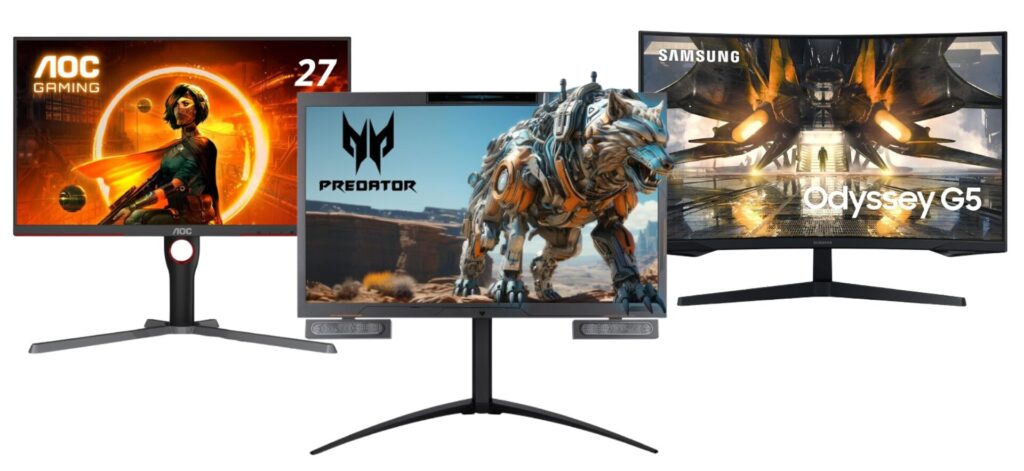


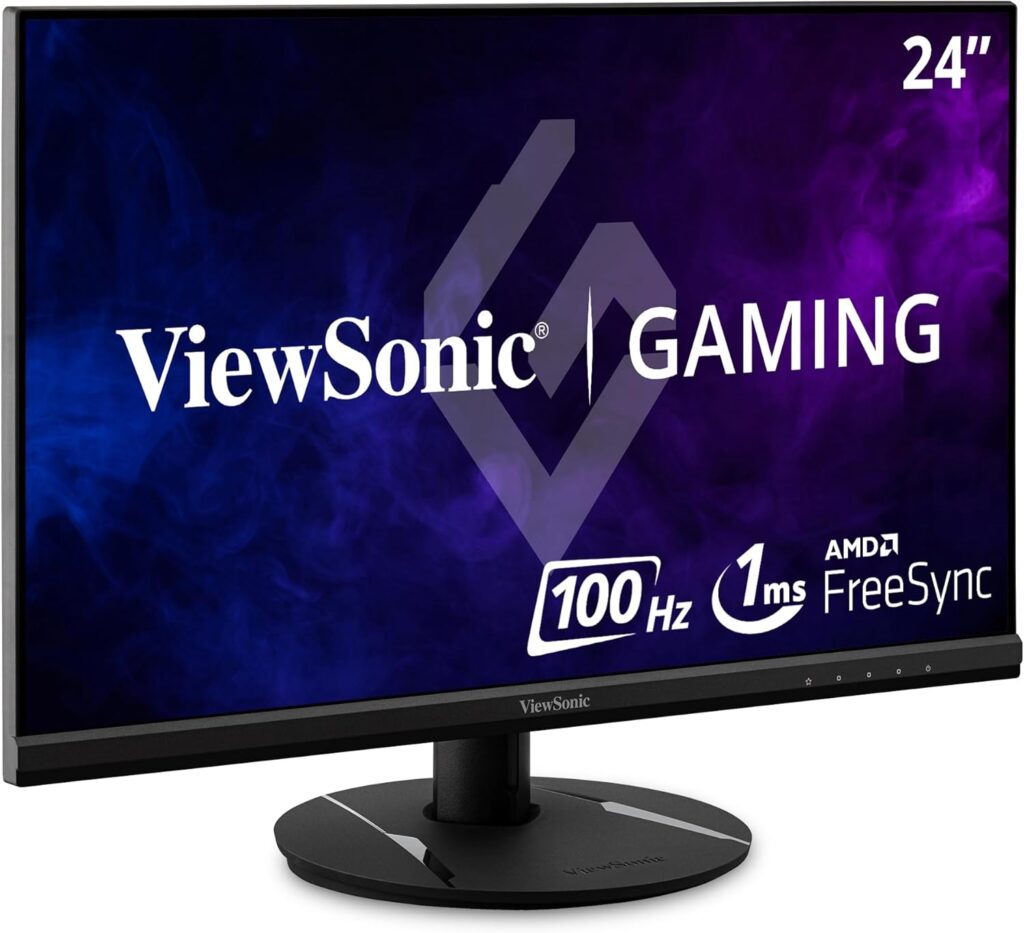
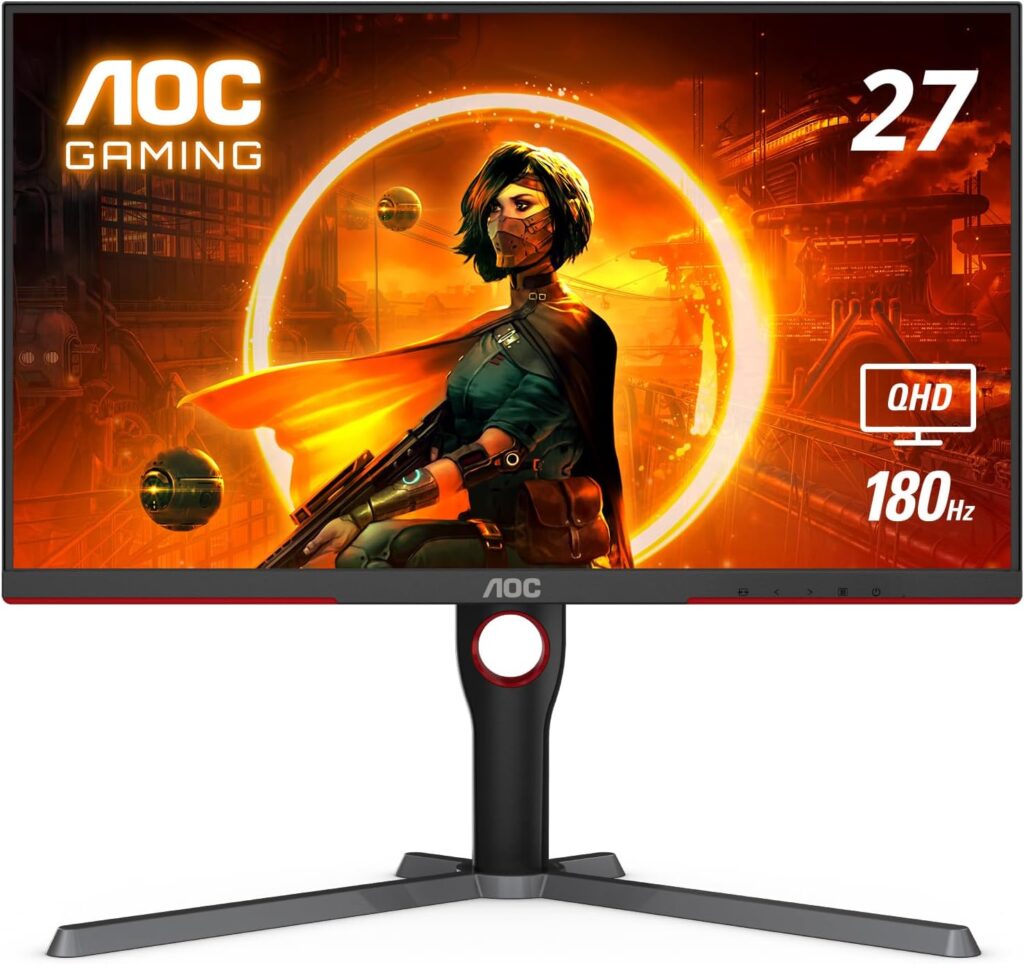
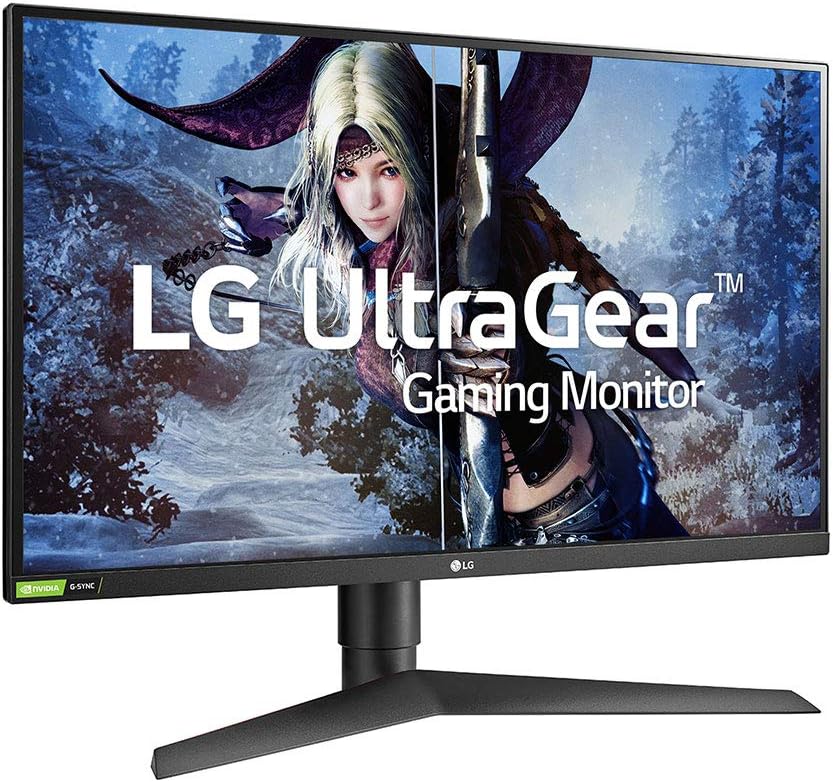

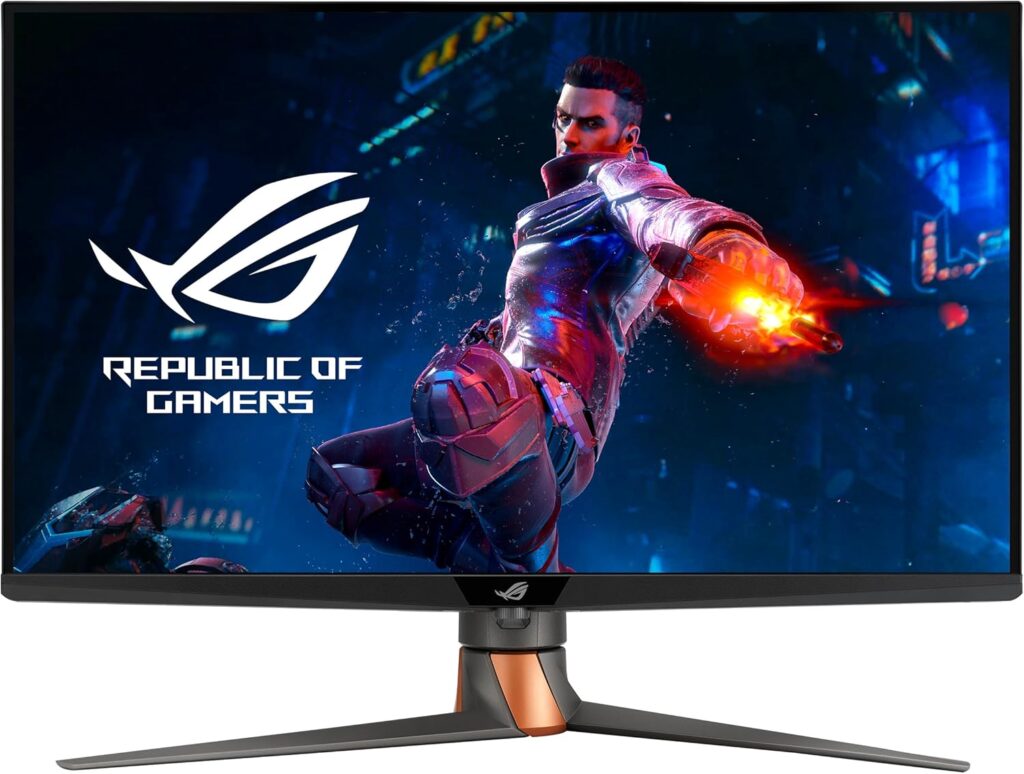



Add Comment